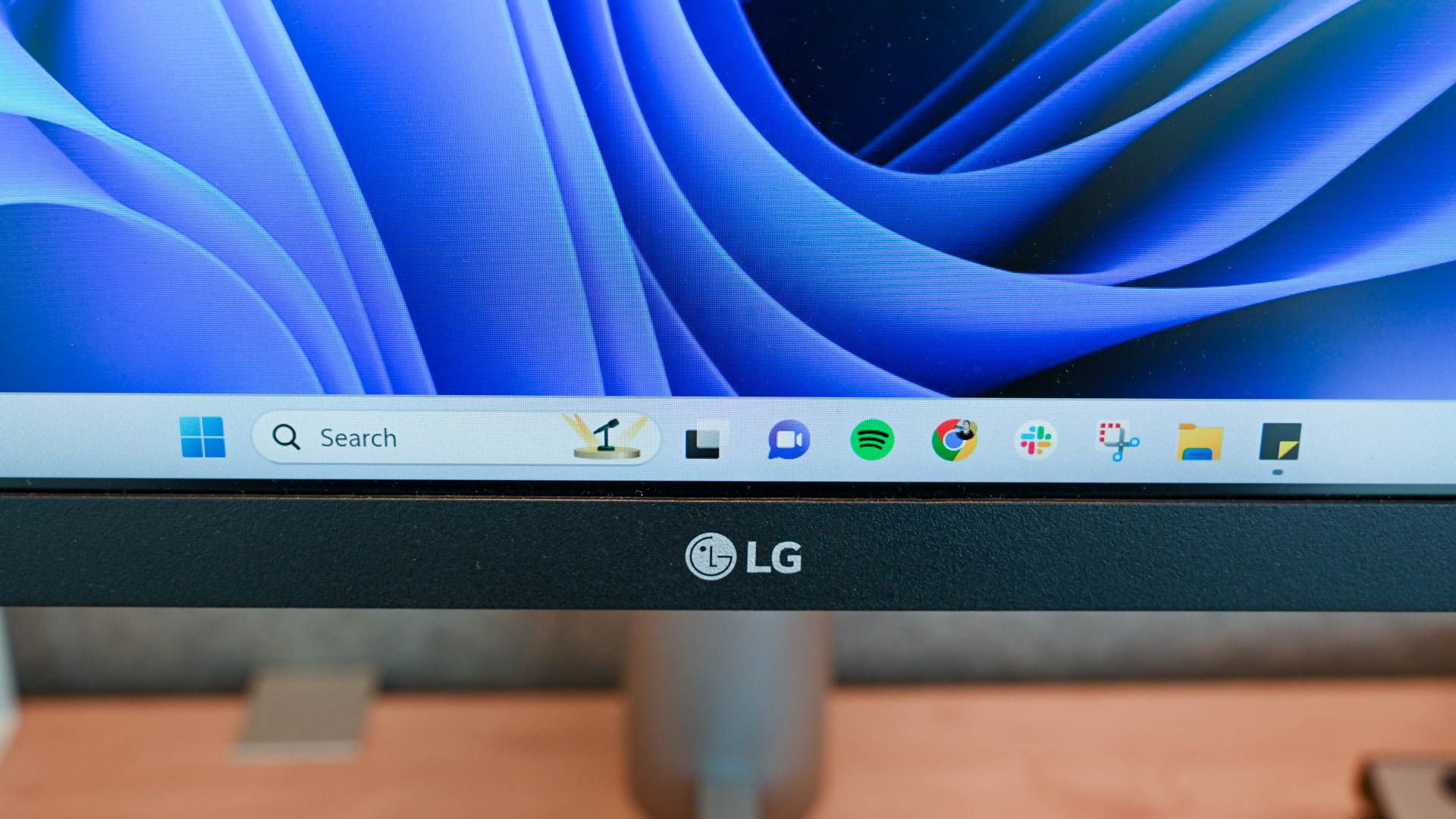Quick Links
Key Takeaways
- To automatically hide the Taskbar, ight-click the Taskbar, select "Taskbar Settings, then check "Automatically Hide the Taskbar" under "Taskbar Behavior."
- Alternatively, open the Settings app and navigate to Personalization > Taskbar > Taskbar Behavior, then tick "Automatically Hide the Taskbar."
In Windows 11, the taskbar takes up a small portion of the screen. Luckily, it's easy to reclaim that space by configuring the taskbar to hide itself automatically. Here's how.
How to Automatically Hide the Taskbar
First, you'll need to open Windows 11's Taskbar settings. To do so quickly, right-click the taskbar itself and select "Taskbar Settings" in the tiny menu that pops up.
(Alternately, you can open Windows Settings and navigate to Personalization > Taskbar to reach the same configuration menu.)
In Taskbar settings, click "Taskbar Behaviors."
When the Taskbar Behaviors menu drops down, check the box beside "Automatically Hide the Taskbar."
As soon as you check the box, the taskbar will disappear. Close the Settings window. To make the Taskbar reappear temporarily, just move your mouse cursor to the very bottom edge of the screen. As soon as it touches the bottom edge, the taskbar will pop up so that you can use it.
When you move your mouse away from the taskbar, the taskbar will hide itself again automatically. Pretty handy!
If you want to always show the taskbar again, open Settings (Windows+i on the keyboard pulls it up quickly.), navigate to Personalization > Taskbar > Taskbar Behaviors, and uncheck "Automatically Hide the Taskbar."
